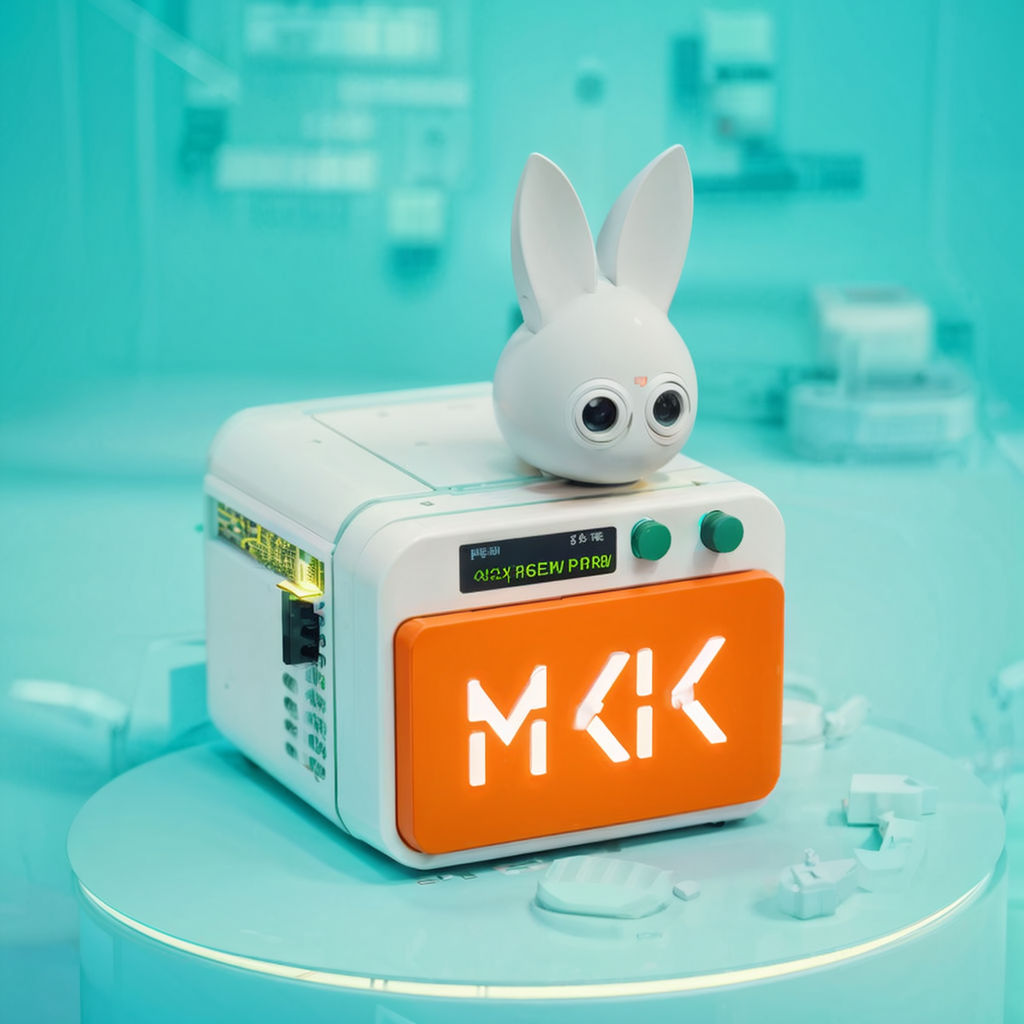
Embedded AI
Embedded AI: Unlocking the Potential of the Milk-V Duo
The Milk-V Duo, a powerful embedded system, offers a unique combination of AI capabilities and Linux-based interrupt handling. This article delves into the world of embedded AI, exploring how to harness the Milk-V Duo’s AI NPU and effectively utilize Linux interrupts for efficient processing.
The Milk-V Duo: A Powerful Embedded System
The Milk-V Duo boasts an impressive array of features, including a dual-core RISC-V CPU, a built-in 0.5TOPS@INT8 TPU, and support for dual cameras and MIPI video output. This makes it an ideal platform for developing complex AI projects. Additionally, the device supports switching between RISC-V and ARM boot through a hardware switch, allowing for greater flexibility in project development.
AI Capabilities and Limitations
While the Milk-V Duo’s AI NPU is a significant feature, its capabilities are limited by the available RAM, which ranges from 64MB to 256MB depending on the board model. This limitation means that the AI NPU is best suited for specific tasks, such as face detection, rather than more complex AI applications.
Handling Interrupts in Linux
To fully utilize the Milk-V Duo’s capabilities, it is essential to understand how to handle interrupts in Linux. Interrupts play a crucial role in efficient processing, allowing the system to respond to events and tasks without constant polling. In the context of the Milk-V Duo, interrupts can be generated using hardware timers, which are an integral part of the device’s architecture.
Coding Interrupts in C for the Milk-V Duo
When working with the Milk-V Duo, coding interrupts in C requires a deep understanding of both the hardware and the compiler. The process involves setting up hardware timers, identifying the necessary registers, and handling the timer interrupt when it occurs. This can be a challenging task, especially for those new to programming.
Using the SDK for Interrupt Handling
The Milk-V Duo’s SDK provides valuable resources for handling interrupts. By leveraging the SDK, developers can create efficient interrupt handling mechanisms that take advantage of the device’s capabilities. For example, the SDK provides routines for handling interrupts in FreeRTOS, which can be adapted for use on the Milk-V Duo.
Conclusion
The Milk-V Duo offers a unique combination of AI capabilities and Linux-based interrupt handling, making it an attractive platform for embedded AI projects. By understanding the device’s limitations and leveraging the SDK for interrupt handling, developers can unlock the full potential of the Milk-V Duo and create innovative AI applications.
Stay tuned for a detailed walk through
References
- Milk-V Duo S. (n.d.). Retrieved from https://milkv.io/duo-s How would one go about generating “artificial” interrupts in the Linux kernel? (2015, January 9). Retrieved from https://stackoverflow.com/questions/27865075/how-would-one-go-about-generating-artificial-interrupts-in-the-linux-kernel
- How to code interrupts in C for a Milkv duo. (2023, December 8). Retrieved from https://www.reddit.com/r/RISCV/comments/18dogfx/how_to_code_interrupts_in_c_for_a_milkv_duo/ How to handle interrupts using the sdk. (2023, December 7). Retrieved from https://community.milkv.io/t/how-to-handle-interrupts-using-the-sdk/1033
- MilkV Duo and Other’s AI NPU. (2024, January 21). Retrieved from https://www.reddit.com/r/RISCV/comments/19cbvma/milkv_duo_and_others_ai_npu/